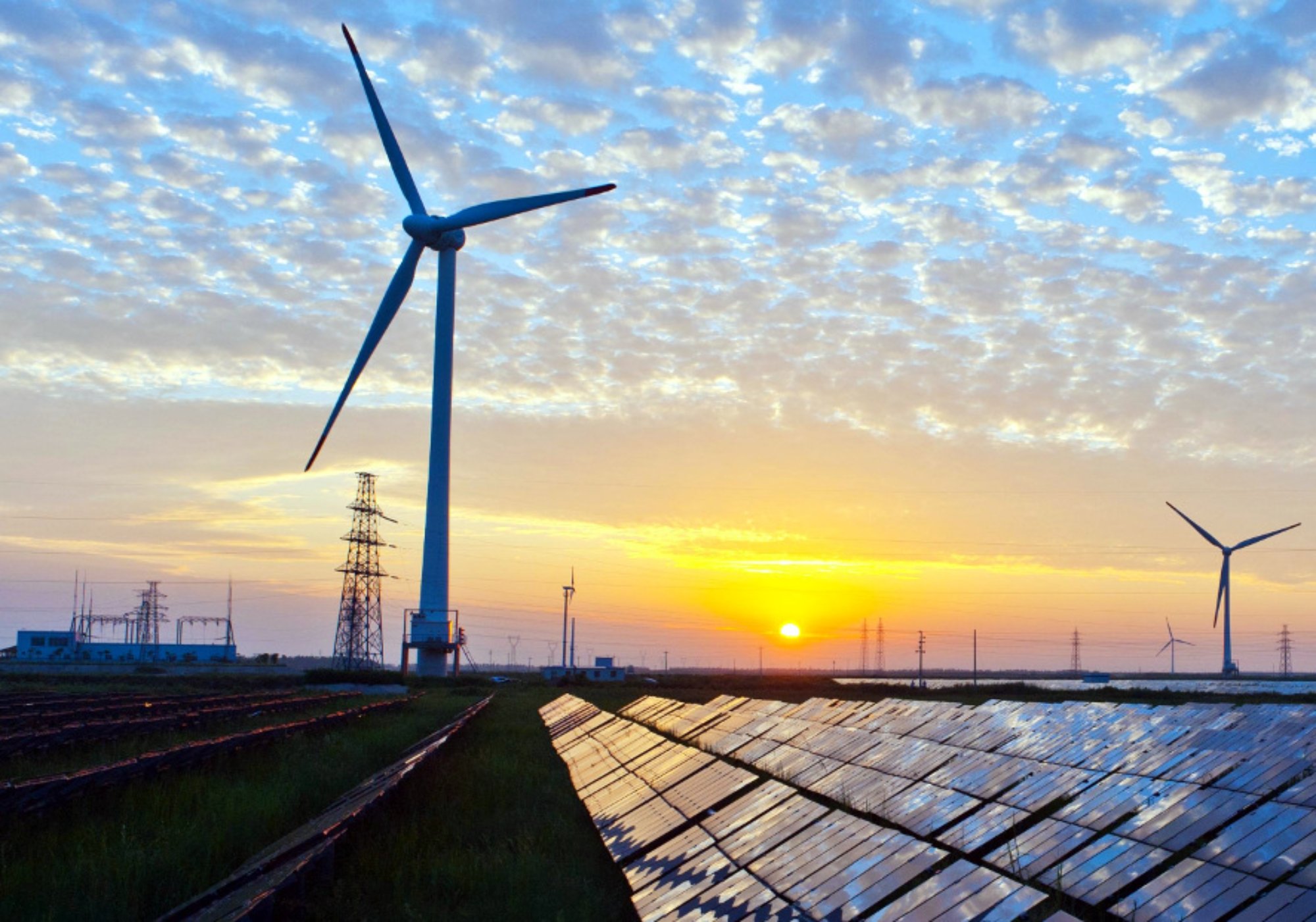With the US opting out of the Paris climate agreement, many have turned their focus to China to spearhead efforts to curb greenhouse emissions and move from fossil fuel to renewable energy.
The potential for growth in the latter in China is highly predictable, says a British Petroleum Energy Outlook report for 2018, BRICSPost reported. The report said not only is reliance on coal as a major energy source declining in China —forecast to fall from 62% consumption in 2016 to 36% in 2040 —but the country will also account for 31% of the earth’s renewable energy consumption by the same year.
The UN has commended China for leveraging decreased manufacturing costs and increased investment to boost trade in renewable trade products.
In addition to curbing the use of vehicles and applying stricter pollution controls to construction sites and those that use coal as an energy source, the government is fast-tracking the manufacturing of “green” cars. In 2017, nearly 800,000 such vehicles were sold in the Chinese market.
“New energy vehicle production jumped 53.8% to 794,000 units last year, up 53.8% from the previous year,” the China Association of Automobile Manufacturers said.
This comes as the Chinese government seeks to adopt a two-tier approach to environmental safety and boost its automotive industry. Beijing is also going to reclaim forests that have been transformed to agricultural lands.
The New Development Bank launched by the BRICS countries has been part and parcel of the bloc’s drive toward clean and renewable energy.
In July 2016, it issued its first bonds worldwide to raise funds for clean energy projects in member states.


